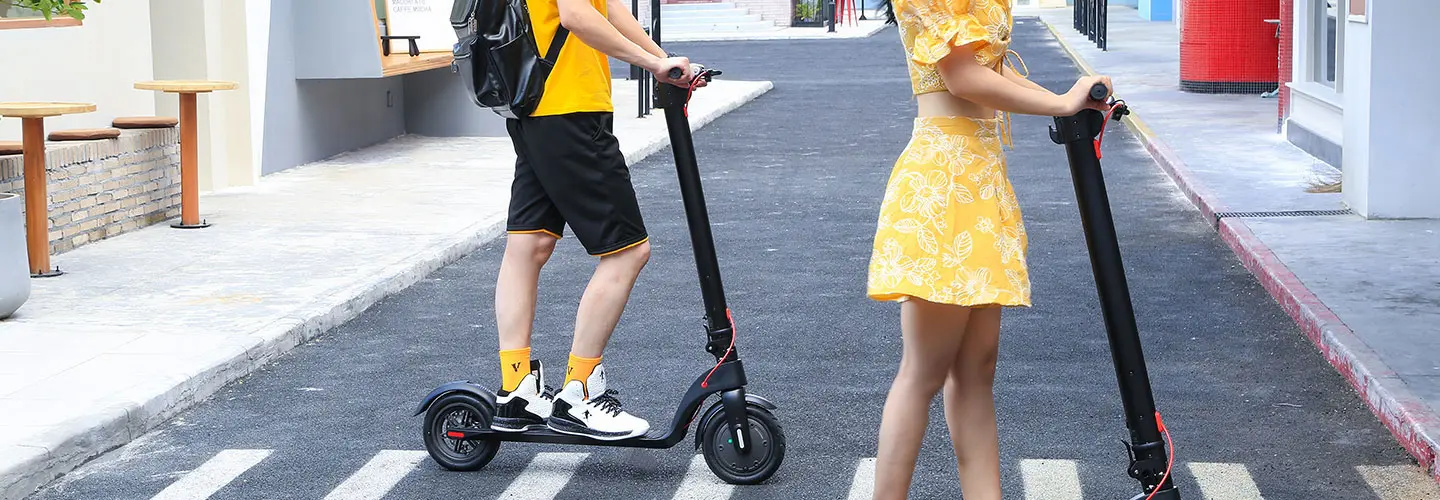Are electric scooters allowed on sidewalks in Spain?
Are electric scooters allowed on sidewalks in Spain?
In Spain, with the popularity of electric scooters, the question of whether they are allowed on sidewalks has sparked widespread discussion. This article will explore this issue in depth, combining relevant regulations, urban practices and social perspectives to present you with a comprehensive perspective.
I. Interpretation of regulations
(I) National-level regulations
According to the regulations of the Spanish Transportation Bureau, electric scooters are prohibited from riding on sidewalks and can only be driven on bicycle lanes or motor vehicle lanes. Specifically, electric scooters are classified as personal transportation devices (VMPs) with speed limits between 6 and 25 km/h. In addition, electric scooters are not allowed to be driven on intercity roads, intersections, highways, national roads or urban tunnels.
(II) Local-level regulations
Different cities have different management of electric scooters. For example, in Barcelona, from February 1, 2025, anyone riding an electric scooter on the sidewalk or without a helmet will face a fine of up to 500 euros. In Madrid, electric scooters must be driven on bicycle lanes or roads with a speed limit of 30 km/h.

2. Social Views
(I) Supporters’ Views
Supporters believe that electric scooters, as a new type of transportation, have the advantages of convenience and environmental protection. It can help people move around the city more quickly, reduce traffic congestion and environmental pollution. In addition, the use of electric scooters can also promote the development of the urban economy and provide citizens with more travel options.
(II) Opponents’ Views
Opponents believe that electric scooters running on sidewalks will pose a safety hazard to pedestrians. Since electric scooters are relatively fast, they are prone to collisions with pedestrians, causing injuries to pedestrians. In addition, the random parking of electric scooters will also affect the beauty and order of the city.
3. Actual Cases
(I) Barcelona Cases
As a city in Spain where electric scooters are more commonly used, Barcelona has frequently experienced accidents caused by electric scooters in recent years. For example, in August 2018, a 92-year-old woman was knocked down by two young men riding electric scooters while walking in the Esplugues de Llobregat neighborhood in Barcelona. The old woman was immediately sent to the local Moisès Broggi Hospital, but died in the hospital a few days later due to serious injuries. The frequent occurrence of such accidents prompted the Barcelona municipal government to strengthen the management of electric scooters and introduce a series of strict regulations.
(II) Case of Madrid
In Madrid, the use of electric scooters is also subject to certain restrictions. According to the new city center traffic control regulations, electric scooters must be driven on bicycle lanes or roads with a speed limit of 30 km/h. This regulation aims to regulate the use of electric scooters and reduce their impact on pedestrians and other vehicles.
IV. Future Outlook
With the continuous advancement of electric scooter technology and the improvement of relevant regulations, its role in urban traffic will gradually become clear. In the future, Spain may further strengthen the management of electric scooters to ensure that they are used legally and safely. At the same time, urban planning will also pay more attention to the construction of bicycle lanes and pedestrian paths to provide citizens with a more convenient and safe travel environment.
V. Conclusion
In summary, it is not allowed to ride electric scooters on sidewalks in Spain. This regulation is intended to protect the safety of pedestrians and the traffic order of the city. As users of electric scooters, we should strictly abide by relevant regulations, choose appropriate roads to drive on, and jointly create a safe and orderly urban traffic environment.














